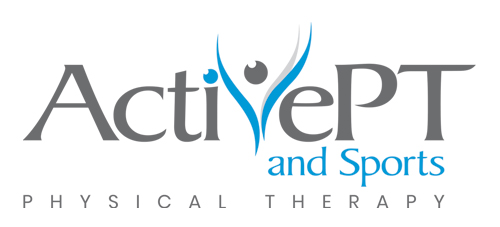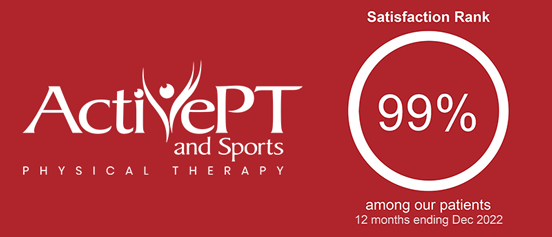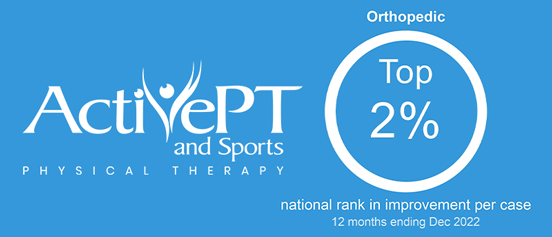Increasing running volume can often lead to the onset of knee pain. “Runner’s knee” is a broad term that can be used to describe generalized knee pain. Runner’s knee, also known as patellofemoral pain syndrome (PFPS), is one of the most common injuries we see in runners. Pain is typically located immediately behind or around the knee cap and is often described as “deep under the knee cap”.
PAINFUL ACTIVITIES
While not every runner’s knee pain is described the same way, many report a similar pattern of pain behavior. Pain often increases:
- During or after running
- Running up or down hills
- During deep squatting, lunges, or kneeling
- Going up and down stairs
- During prolonged sitting, if the knee bent
- When rising from a seated position (especially after prolonged sitting)
COMMON CAUSES
Many issues contribute to PFPS, including age, gender, increase in physical activity, and more. However, in recreational or amateur runners, there are common causes for this type of knee pain. The most common is often a sudden increase in mileage or intensity. This can be a change from off-season cross-training to an in-season race plan that includes intervals or speed workouts. Muscle imbalances (decreased quadriceps or gluteal strength) are another common cause in runners. Those who are quadricep dominant in a box jump test may rely too heavily on the strength of their quads for power when running, and not enough on their gluteal musculature. Running mechanics and running form can contribute to PFPS as well, especially if poor control of your femur (upper leg bone) occurs when propelling yourself from one leg to the next. Poor femoral control and low running cadence have both been demonstrated to be contributing factors to PFPS in research studies.
RUNNING DURING AN EPISODE OF PFPS
At ActivePT, we commonly face the question, “how can I continue to run or train while dealing with knee pain?” As a rule of thumb, it can be safe to continue to run while working through a mild to moderate episode of PFPS. However, if your pain is severe enough to change your gait or cause a limp while running or walking, it is time to creatively rest and let the knee recover.
There are four common strategies for running during an episode of PFPS. First, consider reducing running to only three times per week. If you are training for a race, consider three strategic runs per week to optimize your training: one tempo run, one interval workout, and one long-slow run per week (with a two-day recovery after the long-slow run). If possible, extend the duration of your training program so that one week has a “longer” long run and the next week follows with a “shorter” long run. Over time, you still reach your “long run” goal, just more slowly. Second, if intervals or speed work is increasing pain during or after workouts, reassess your training goal. If your goal is to “just finish”, cut out the intervals completely and replace them with a second tempo run each week, shorter than your first tempo run.
Next, if pain increases when running hills, temporarily plan runs on a flatter course temporarily until the pain reduces. Note of caution: PFPS often doesn’t hurt worse during a run. Instead, pain may worsen after a run or even the next morning. Keep a journal of surface type, distance, and speed for each run, or monitor your elevation changes in an app like Garmin to provide feedback. Last, a word on cadence. Cadence is the number of steps per minute. One simple approach for reducing pain during running is to increase cadence. While research studies show conflicting results, if your cadence is less than 165 steps per minute as an endurance runner, you may consider shortening your stride or taking more steps per minute. If pain reduces, this is a simple “fix” for knee pain. This transition should be gradual, with no more than 5 steps per minute per week, and music closer to the 180 bpm rhythm can help improve the pitter-patter in your step.
OTHER WAYS TO GET HELP
If you have tried self-treatment and pain is not reducing, consider recommendations specific to your body and your running demands. Physical therapists can offer an extensive amount of information to help you get back to running without pain. Schedule a free 15-minute screening appointment to meet with one of our running specialists one on one and get your running injury questions answered today. If you are looking to take your running to the next level, check out our running performance packages. The running team at ActivePT takes an individualized and multi-modal approach to allow you to continue to train for your upcoming race while rehabilitating your injury. In-clinic care at ActivePT includes a thorough evaluation and treatment. Treatment options may include hands-on soft tissue treatment techniques, exercise and cross-training recommendations, shoe and running form assessment, taping, or dry needling. We want to get you to the finish line safely and effectively.



